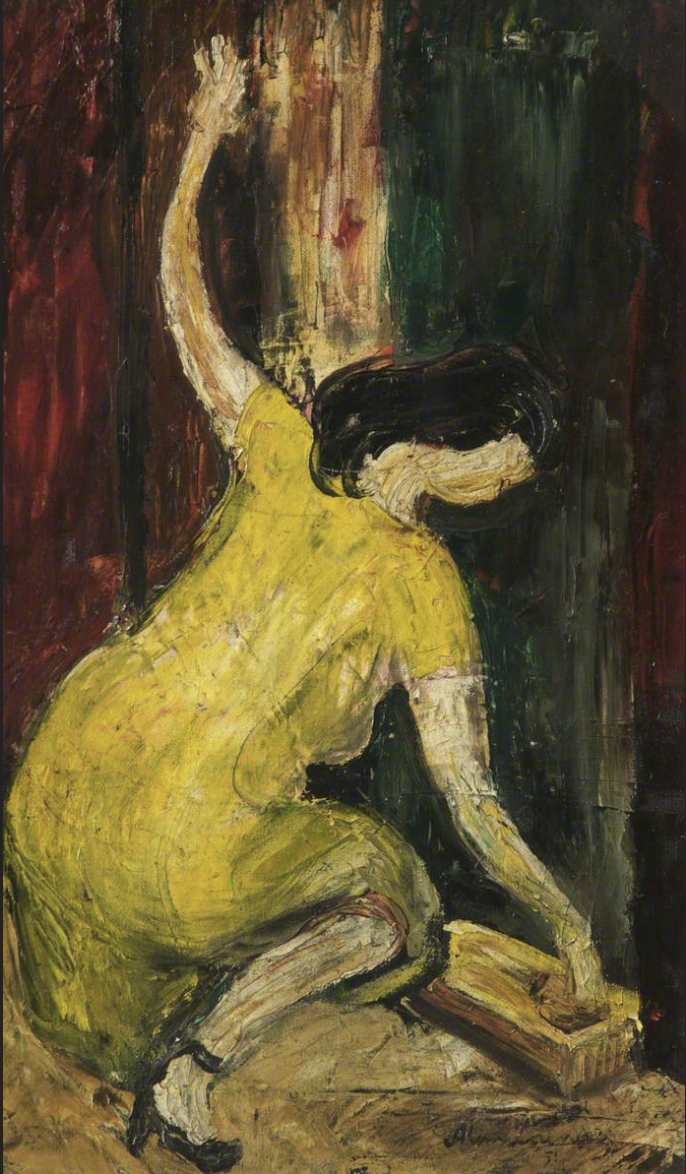When I came again across Helga Stentzel’s whimsical laundry lines this week I thought of one of the very first blogs I had written here some 6 years ago with a message that deserves recycling.


It was about “The Right to Dry,” the name of a movement that fights against state laws and community bans on drying your laundry outside. “Officially more than 60 million Americans are prohibited from hanging their laundry outside, in their own yards or balconies and porches. This 2 minute video clip is a poignant introduction to what served the interest of the electricity industry (with former President Regan and Nancy as their spokespeople!) and those selling dryers.”
By 2012 the ban was voided (or made it unenforceable) in 19 states (including Oregon) by referral to solar access laws. Many of these are from the 1970s and comprised of hidden clauses in state property laws. A 1979 Oregon Law, for example, says any restrictions on “solar radiation as a source for heating, cooling or electrical energy” are “void and unenforceable.” Clotheslines appear to fit under the umbrella of Oregon’s and other states’ solar rights because systems for hang-drying rely on the sun’s radiation to evaporate water in wet laundry.

***
It is winter. No-one hangs their laundry outside now. Those who are privileged to have dryers or basements with laundry lines have no worries. I am thinking, though, about what happens when poverty and restriction of energy sources soar, like now all across Europe.

Most severely in Ukraine, of course, where the war destroyed most electricity grids and basements are used as bomb shelters. Besides individuals for whom all reliable daily functions have been bombed out, think of institutions. Hospitals, for example. Can you imagine the volume of laundry that is now to be washed by hand and dried – where? And the implications of soiled linen for (re)infections?


Anton Mauve Woman at a Washing line in the Dunes/ Woman at a Washing line (both undated watercolors)
It is tempting to think of war as happening primarily on the battle field, soldiers and their families the visible victims, but the impact on civil society goes so much further than our imagination provides. Hunger, cold, unsanitary conditions fostering more disease are all cards played by the invaders.

Paul Gauguin Les Lavandières à Arles I 1888
And speaking of imagination – today’s paintings of washer women often repeat the tradition of depicting them as a busy bunch, happily doing their work outside, or in the calm of their yards.



Left to right: Edgar Degas The Laundresses (c.1884) – Hubert Robert Ruins of a Roman Bath with Washerwomen (after 1776) – Pierre-Auguste Renoir Washerwomen (188)
The more likely reality is captured here.

August Sander Waschfrau NB VI/42/14 CTC — ASA 3/42/17
Tourist snaps of pittoresque Italian laundry lines non-withstanding, laundry has been a hard and dirty business.

Antonio Donghi Laundresses (undated.)
Levon Helm from The Band sings about Washerwoman.
For the more classically inclined here is a spoof of Richard Wagner’s Flying Dutchman set in a laundromat by the German Pocket Opera Company.






Sam Blair
Wow! Powerful and evocative image from August Sander! No words needed for that life story. I had never seen that one.
Sara Lee Silberman
Visually splendid posting that makes well-taken, often-not-thought-of points.
Nicky
Herrlich, der Fliegende Holländer! Ich habe übrigens meine Wäsche von Anfang an rausgehängt, von 1966 bis 2018! Von den irren Gesetzen habe ich nie etwas gehört.
Patricia Purcell
loved this.